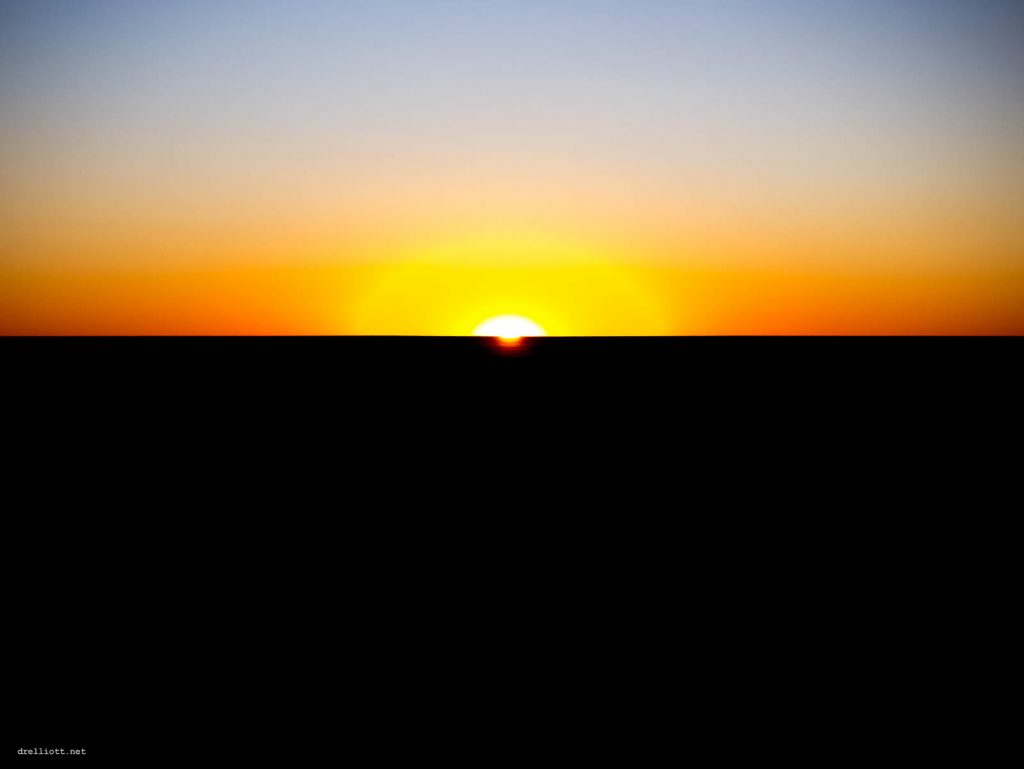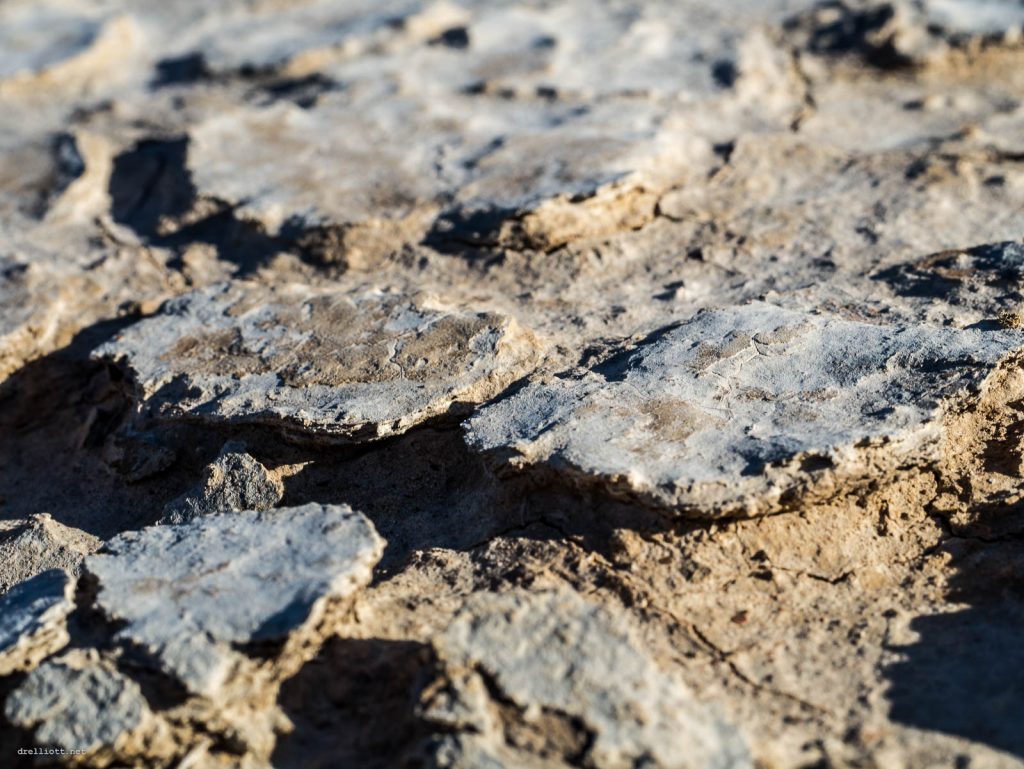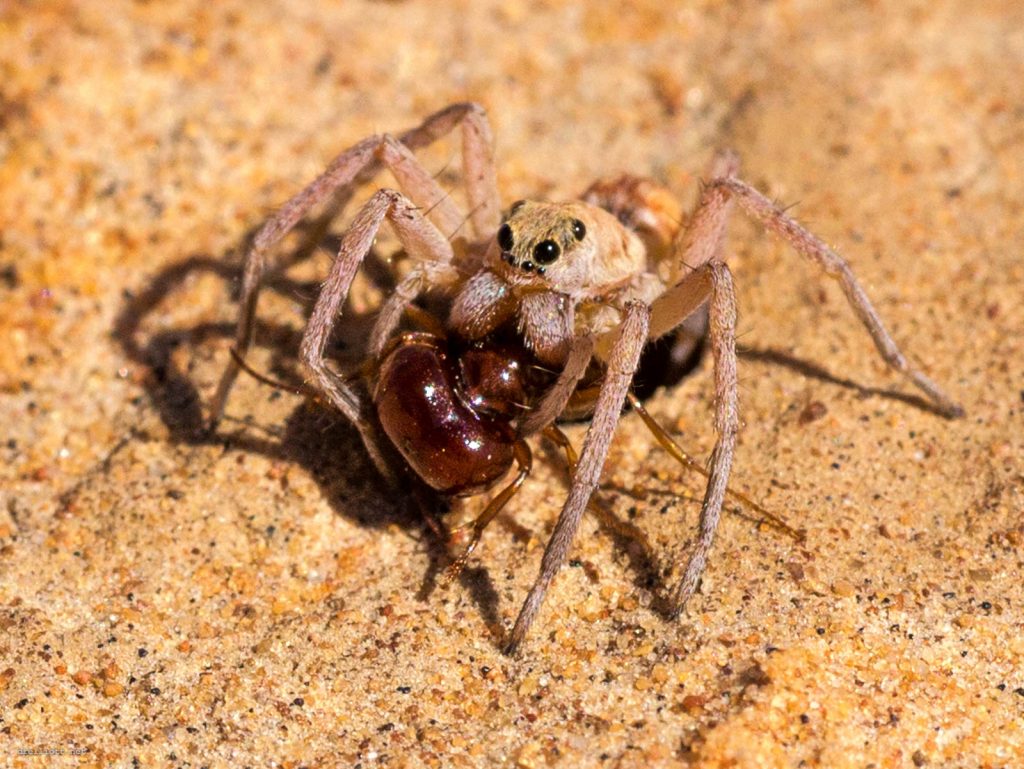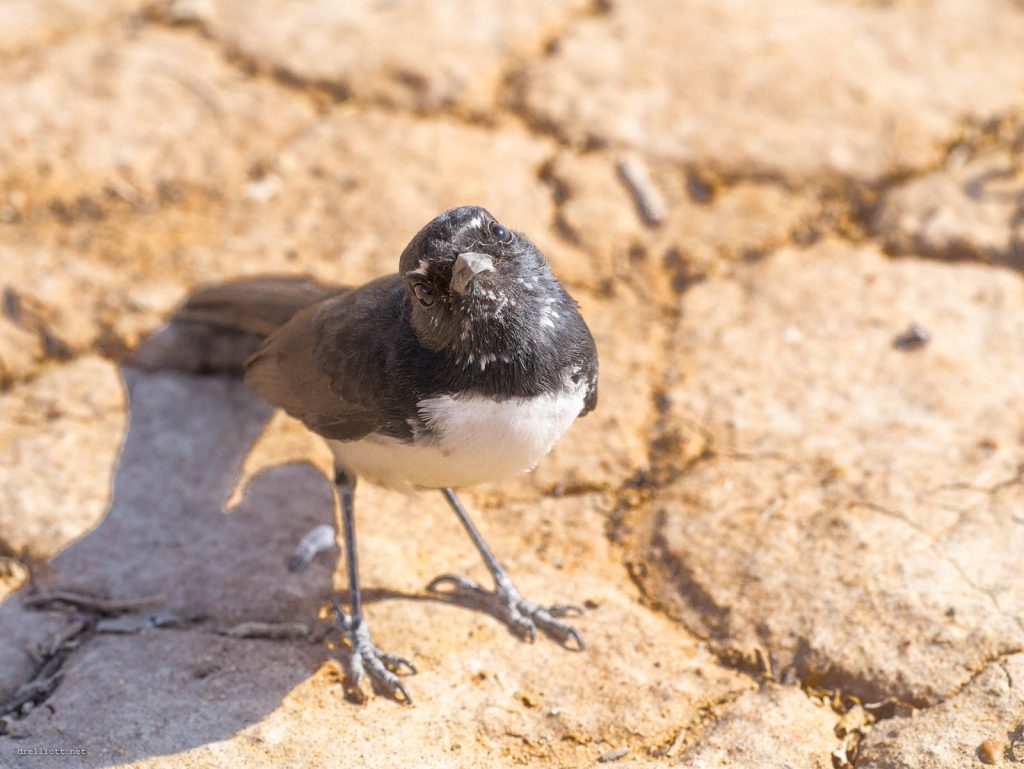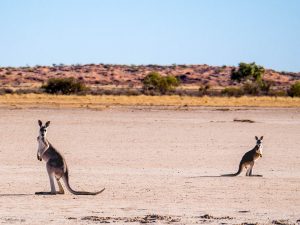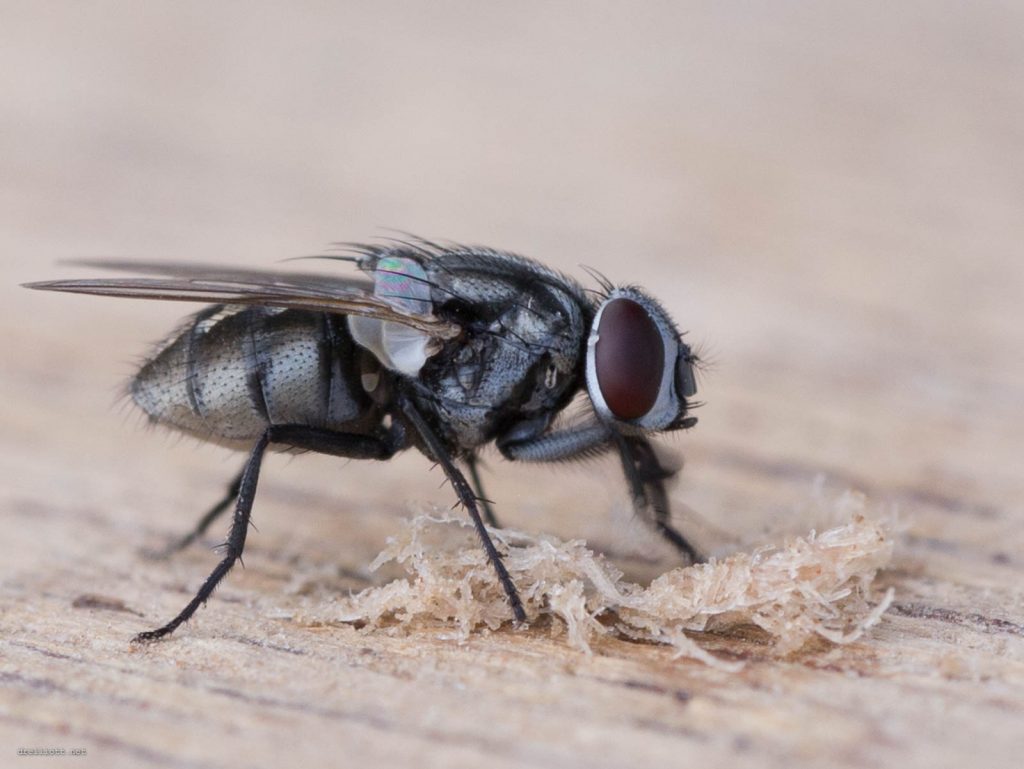Australian biocrusts
We drove two days from Brisbane to reach the field site in Diamantina National Park. We didn’t quite make it before sunset, which we stopped to observe in the flat expanse of an area which Grant called “Big Sky Country”.
The next day we went out to survey the area, with the guidance of Grant and Craig who explained the geomorphology and processes acting upon the land – especially how wind erodes and moves sediments. The vast claypans in the area were covered in a crust derived from the interaction of biological and physical phenomena.
Looking closer it can be seen that the wind is cutting away the soil around quite tough cyanobacterial crusts. Also on top of the biocrusts is a brown “varnish”, which is probably of physical origin, not biological. Without the biocrust there, this soil would be highly vulnerable to wind erosion, contributing more as a dust source in this area which is prone to dust storms.
This gate was found on Lake Constance claypan. Can you solve the riddle?
Lake Constance claypan is a really huge expanse, almost perfectly flat, and seemingly featureless on first impressions.
On sand dunes surrounding the claypans (visible in the video above), there are biocrusts too but they are different.
Here is a video showing a lifted biocrust close up at Sunset Dune. A light breeze makes it easy to see how tiny threads hold the sand together. This is where biology meets geology, for the threads are made from microorganisms in the soil – most likely cyanobacteria but maybe fungi too.
Often biocrust gets buried, and when this happens another crust can form on top. When digging deep holes on sand dunes we noticed evidence of this having occurred many times.
Diamantina National Park is a semi-arid zone near to the Simpson Desert in central Australia. Compared to the Kalahari in Botswana which is climatically similar, there is much less abundance of obvious life other than plants. However, during 3 weeks fieldwork I noticed there is lots of life but it is more elusive than the Kalahati biota.
This photo story is now available on Behance too, slightly modified for more general audience: https://www.behance.net/drelliott.
